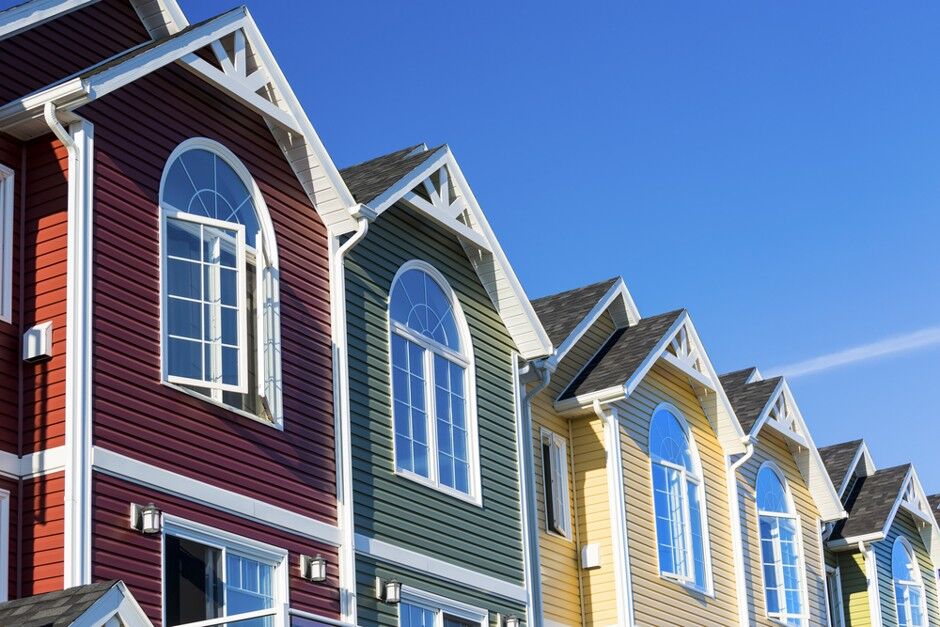Published on: November 03, 2023

Choosing the siding for your home is a vital decision. This decision will affect how well your home is protected from the elements, your curb appeal, and your bank account. There are 3 major things to consider before buying vinyl siding.
The climate will be a major factor in your siding decision as it plays a significant role in whether vinyl siding will protect your home sufficiently.
The climate of your environment will be very different depending on where you live. There are many different climates within the United States, and even within Washington State itself.
Here are some of the climates you’ll encounter within Washington.
Depending on where your home is, the siding that will be best for your home will vary. In addition to vinyl there are three common types of siding:
If you find yourself in a climate that doesn’t work well with vinyl, one of these other options will probably be a great choice for you. Take a look at these recommendations for siding based on your climate.
Dry climates can be challenging in several ways. Living in an area with such intense sun and low moisture can cause material like vinyl to become brittle and crack, or even melt in the high heat of summer. In places like Eastern and Central Washington, where this is likely to be the case, you might be better off with fiber cement siding.
Humid and wet climates are often a great place for vinyl siding for several reasons. Due to the constant moisture and frequent rain in places like Seattle, you’ll likely end up with mildew and algae growth on the outside of your house. This can make your house look messy pretty quickly. But since vinyl siding is extremely washable and easy to pressure wash, you can clean it quickly. Vinyl siding is also beneficial in a wet and humid climate due to its rot resistant nature.

Mountain weather is unique because of its intensity and harshness. Although you don’t typically have the harsh winds, intense heat or sun exposure, you will be dealing with high winds, large amounts of snow, and often extremely cold temperatures.
Unfortunately, experts will tell you these conditions are less than ideal for vinyl siding. Due to the easy installation nature of vinyl siding, which in itself has many benefits, it also means that it doesn’t stand up very well to areas of high wind. Additionally, and similarly to high temperatures and sun exposure, extremely low temperatures and snow can cause the vinyl to crack, leaving your house exposed in a negative way to the mountain elements. In these cases a good option might be fiber cement, natural stone, or a combination of both.
As previously stated, vinyl siding holds up very well in a wet humid and environment due to its resistance to rot and its ability to be easily pressure washed. However, there are instances where there is too much water in your air and in your weather forecast, such as excessive humidity or heavy rainfall.
This is the case especially in parts of the Olympic Peninsula near the rainforest and can present issues with your vinyl siding. In these instances, the water and moisture penetrates behind the siding, causing important parts of your house that should be protected to retain moisture and water and potentially rot. In these cases a great ulterior option might be cedar siding.
Overall, vinyl siding tends to do very well in milder climates. It is a great option if you get a pretty normal amount of rain, wind, sun, and snow. Make sure it gets installed properly, or else you’ll have issues even in the best climate.
However, vinyl siding tends to have issues in more intense climates. Excessive temperature change can cause it to warp or crack. You’ll likely see it become brittle and start to crack if you get long periods of intense heat and sun exposure or very low temperatures and lots of snow.
It is important to most homeowners that their homes make a good impression in the neighborhood. Whether you’re looking to match the style of the other homes or stand out from the crowd, vinyl siding can be a great option. It is incredibly versatile and comes in many designs and colors, letting you truly make your home your own.
Some of the most popular vinyl siding designs are:
There are even types that look like actual wood grain and even logs.
It is easy to get the design and color you want and easy to clean and maintain to keep it looking fresh and clean long after it’s installed. Unfortunately, you cannot paint vinyl siding because it can harm the vinyl material.
If you see yourself wanting a variety of colors in the future, vinyl siding may not be for you. However, if you currently have a different type of siding and want a change, vinyl siding might be a great option for you.
Vinyl siding is the most cost effective option for several reasons.
If you’re ready to get started with new vinyl siding installation on your home, schedule your free in-home estimate from 2FL Windows, Siding and Roofing. Our team will help you make the best decision for you home based on its climate, your neighborhood and budget.
Further Reading:
Comments are closed.

Read the latest articles about siding.







[…] Want to know more about how to prepare for a siding project? Read up on our blog about what to consider before buying vinyl siding. […]
[…] What to Consider Before Buying Vinyl Siding […]
[…] What to Consider Before Buying Vinyl Siding […]